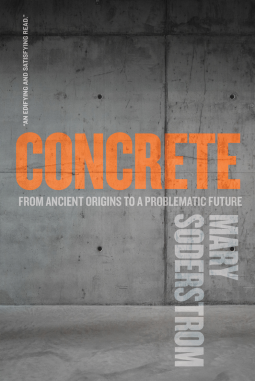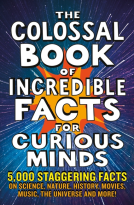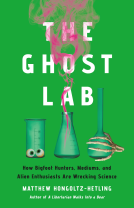
Concrete
From Ancient Origins to a Problematic Future
by Mary Soderstrom
This title was previously available on NetGalley and is now archived.
Send NetGalley books directly to your Kindle or Kindle app
1
To read on a Kindle or Kindle app, please add kindle@netgalley.com as an approved email address to receive files in your Amazon account. Click here for step-by-step instructions.
2
Also find your Kindle email address within your Amazon account, and enter it here.
Pub Date Oct 10 2020 | Archive Date Dec 16 2020
NYU Press | University of Regina Press
Talking about this book? Use #Concrete #NetGalley. More hashtag tips!
Description
A fascinating history of the carbon footprint of our concrete world—from ancient Roman architecture to urban cityscapes—and the trouble it spells for sustainability amidst rapid climate change
For readers of The Sixth Extinction and The Uninhabitable Earth, Concrete explores the history of a material that has been central to architecture and design for thousands of years—and what its future looks like in a world experiencing rapid climate change.
Imagine what the world would be like without concrete: there’d be no high-rises, no grand irrigation projects, no lettuce from southern climes in the winter, no multi-lane highways crisscrossing continents, a shortage of electricity, more mud in some places, more solitude in others. But because of the fossil fuels and other resources required to make concrete, there also would be less CO2 in the atmosphere and less dramatic climate change. In Concrete: From Ancient Origins to a Problematic Future, Soderstrom tells the story of concrete’s glorious past, extravagant present, and uncertain future with careful research, lively anecdotes, and thoughtful reflection. The framework for this exploration is one the Romans—famous for concrete structures that are still strong—would understand: the four elements of Earth, Fire, Water, and Air.
Available Editions
| EDITION | Other Format |
| ISBN | 9780889777804 |
| PRICE | $25.95 (USD) |
| PAGES | 272 |
Links
Featured Reviews
 Ksenia K, Reviewer
Ksenia K, Reviewer
As the title promises, this book by Mary Soderstrom explores the history, mechanics and many uses of concrete as well as the consequences of its ubiquity.
A professional in the field of building design and construction (material science and manufacturing etc.) is unlikely to learn anything new here aside from a few curious factoids, but it is a solid work for a layperson to pick up.
The book is organized into chapters based on the four elements: earth, fire, water and air. It sounds superfluous when Soderstrom initially introduces it, but actually works quite well as a structuring principle. Additionally, the book concludes with a list of 20 building milestones that illustrate the history of the material, some of which are explored in the earlier text. I wish that kind of structure was more evident throughout the book, since it is relevant and straightforward.
In each chapter Soderstrom explores the process of manufacturing, historical and contemporary application of concrete and looks at some specific projects, events or trends as they relate to the particular element. She covers the timeline from antiquity to the present day (almost literally, mentioning the COVID-19 epidemic at one point) and a wide breadth of disciplines, speaking about manufacturing, architecture, transportation, environmental conservation, waste management, power generation etc.
She has clearly done her research and covers a lot of information. Some, perhaps even most, of what she talks about is only tangentially related to concrete, but it is well-articulated, interesting and fits cohesively into a single narrative, so is a pleasure to read.
This is a book that teaches the reader about the pervasiveness, importance and the footprint of concrete more so than about its physical properties or specific applications, and it does so in an engaging manner.
Would recommend.
Worthwhile read on concrete
I enjoyed this book. Mary Soderstrom tells an interesting story about concrete and its uses, for better or worse. She has a very conversational tone that makes reading the book pleasurable. However, detracting from this enjoyment is that I found the tone of the book to be somewhat preachy. In addition, I didn’t find this book as compelling as the other book by Soderstrom I read, “Road Through Time: The Story of Humanity on the Move”. But overall, “Concrete” is good and is well worth reading.
Disclosure: I received a complimentary copy of this book from Netgalley for review purposes.
Readers who liked this book also liked:
Nigel Henbest; Simon Brew; Sarah Tomley; Ken Okona-Mensah; Tom Parfitt; Trevor Davies; Chas Newkey-Burden
Entertainment & Pop Culture, Humor & Satire, Nonfiction (Adult)


















